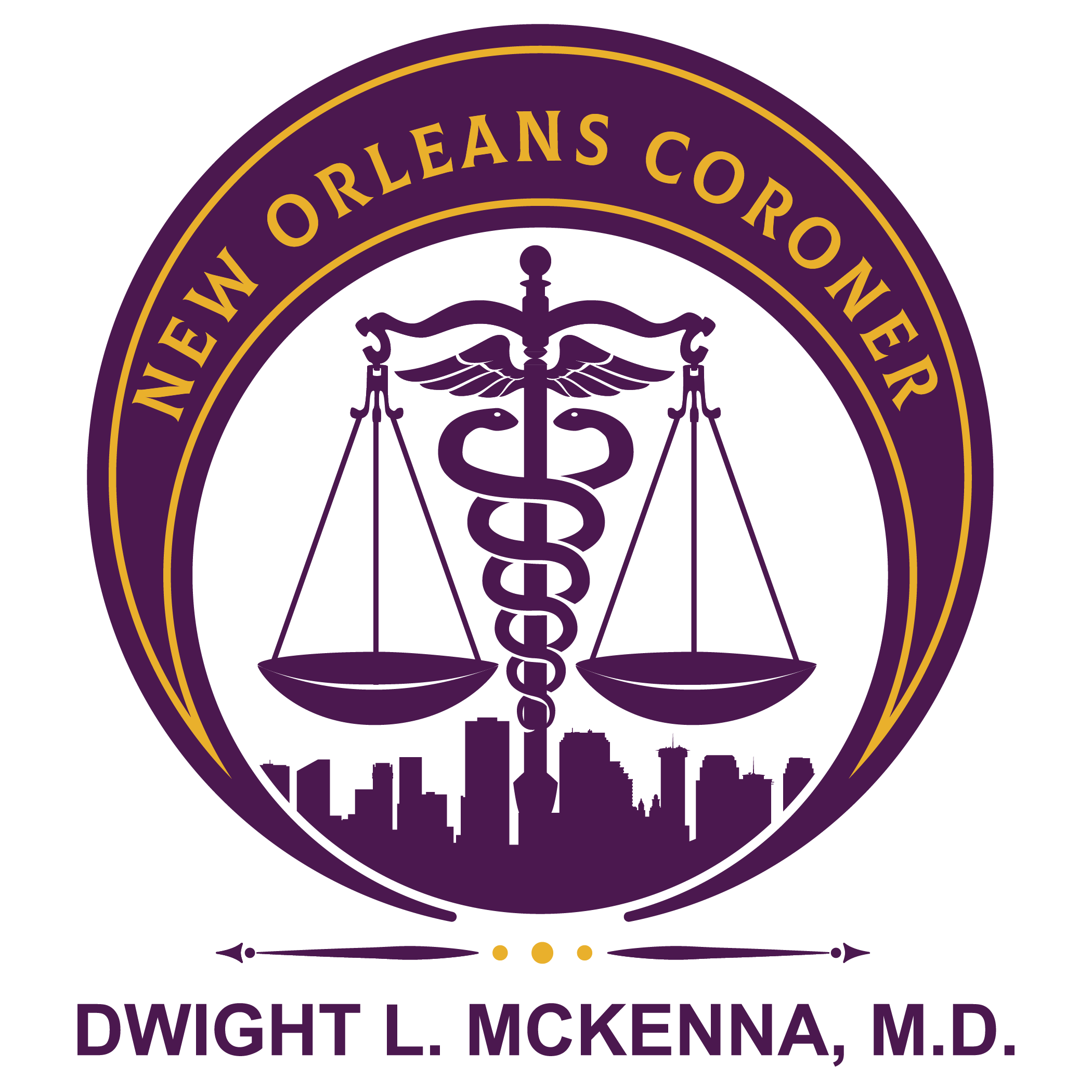It is widely understood that high blood pressure increases
cardiovascular disease and that getting treatment lowers that risk.
What should your blood pressure be? The most appropriate BP goal
continues to be an issue that’s debatable, according to New Orleans
Coroner, Dr. Dwight McKenna.
Experts say its important to check your blood pressure in the doctor’s
office or at home. You can buy machines for at home use at local drug
stores. It is critically important, Dr. McKenna says, that appropriate BP
measurement technique is used, which in many cases, will avoid
inappropriate treatment.
A consistent BP goal of <130/80 mm Hg for most patients facilitates
implementation. Now although more of the US population is
categorized as hypertensive under the new guideline, only 1.9-percent
more require drug therapy, as the vast majority of he newly classified
hypertensives are primary prevention patients for whom only lifestyle
modification is recommended.
Clinicians should not accept flawed BP Measurement techniques any
more than they would accept flawed result from studies performed
incorrectly. Having hypertension puts you at risk for heart disease and
stroke, which are leading causes of death in the United States.
• In 2020, more than 670,000 deaths in the United States had
hypertension as a primary or contributing cause.
• Nearly half of adults in the United States (47%, or 116 million)
have hypertension, defined as a systolic blood pressure greater
than 130 mmHg or a diastolic blood pressure greater than 80
mmHg or are taking medication for hypertension.
• Only about 1 in 4 adults (24%) with hypertension have their
condition under control.
• About half of adults (45%) with uncontrolled hypertension have a
blood pressure of 140/90 mmHg or higher. This includes 37
million U.S. adults.
• About 34 million adults who are recommended to take
medication may need it to be prescribed and to start taking it.
Almost two out of three of this group (19 million) have a blood
pressure of 140/90 mmHg or higher.
• High blood pressure costs the United States about $131 billion
each year, averaged over 12 years from 2003 to 2014.
